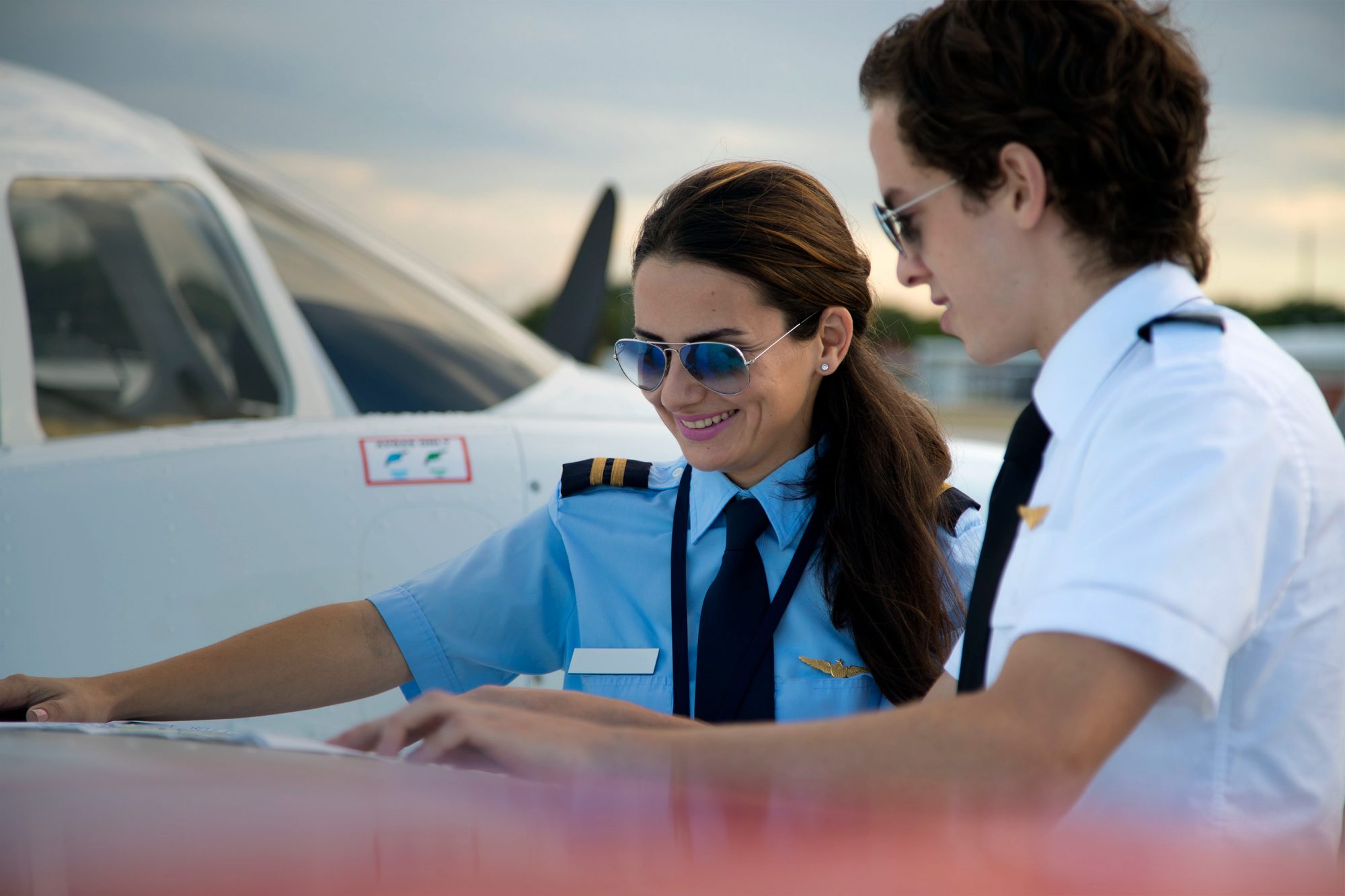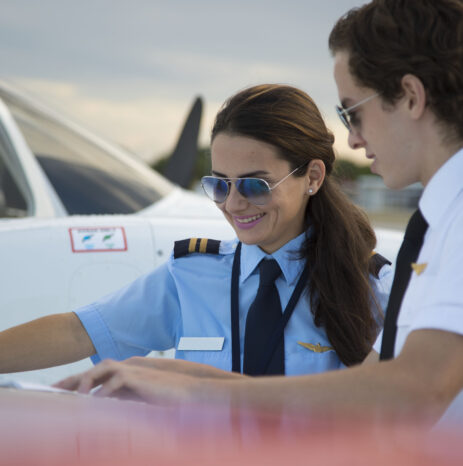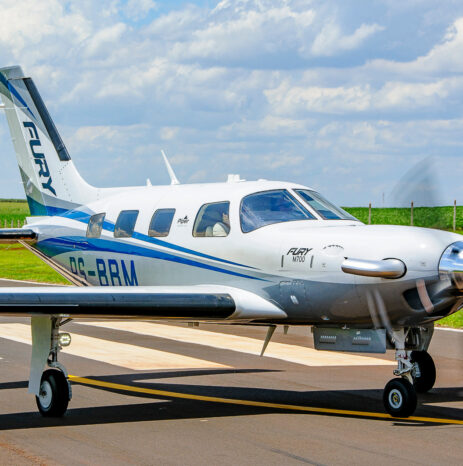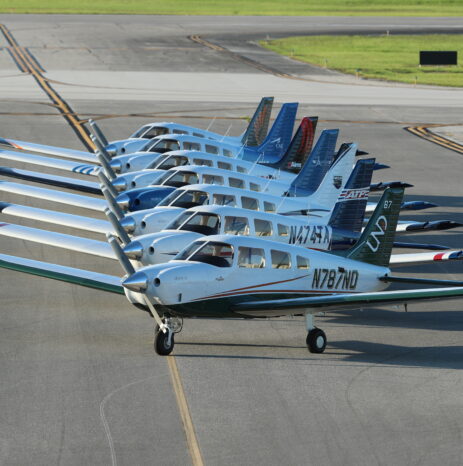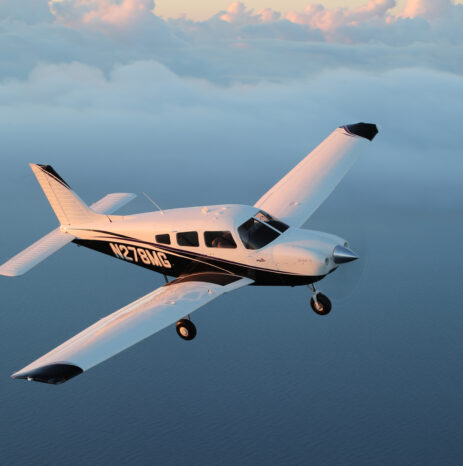Earning your Private Pilot License (PPL) is a major milestone in your aviation journey, and the checkride is the final hurdle to achieving it. This test assesses your readiness to take to the skies safely. With the right preparation and mindset, you can pass with confidence and take the next step in your pilot career.
What To Expect During Your Checkride
The checkride, also known as the practical test, is divided into two parts: an oral exam and a flight evaluation. Together, these components ensure you have the knowledge and skills needed to fly safely and confidently as a private pilot.
Oral Exam
During the oral portion, your examiner will assess not only your understanding of aviation concepts but also your ability to apply that knowledge to real-world scenarios. Expect questions covering topics such as:
- FAA regulations and operating rules.
- Airspace classifications and requirements.
- Aircraft systems and performance.
- Weather interpretation and flight planning.
Examiners often use scenario-based questions to test your critical thinking. For example, they might ask how you’d handle an unexpected weather change during a cross-country flight or troubleshoot a system malfunction. Clear, confident answers show you’re prepared for the challenges of real-world flying.
Flight Evaluation
The flight evaluation is where all your training comes together. It’s your opportunity to demonstrate both your skills and your ability to make sound decisions in real-world conditions. You’ll begin with a thorough pre-flight inspection to highlight your attention to detail and understanding of the aircraft. Once airborne, you will perform a variety of maneuvers, such as:
- Steep turns and stalls/stall recovery procedures. Emergency scenarios, such as simulated engine failures.
- Navigation tasks, including cross-country planning and execution.
Examiners aren’t just looking for technical perfection — they want to see that you can remain calm under pressure, adapt to changing conditions and prioritize safety.
Preparing For Checkride Day
Preparation is the foundation of success. Here are practical tips to help you feel confident and ready for the day of your checkride:
- Simulate the experience: Work with your instructor to practice mock checkrides, including both the oral and flight components.
- Know your airport: Familiarize yourself with the airport layout and procedures to reduce stress during your checkride.
- Chair fly: Find a quiet area at home to sit and visualize flying your maneuvers and procedures. This helps build your confidence and muscle memory so you’re ready on checkride day.
- Stay sharp: Get plenty of rest the night before, eat a balanced meal and stay hydrated. A clear mind and steady focus are essential.
Essential Tips to Ace Your Checkride
Master the Basics
Fundamentals like slow flight, ground reference maneuvers, takeoffs and landings should feel second nature. Repetition builds confidence, so practice until you can perform them smoothly and consistently.
Thorough Pre-Flight Preparation
A solid pre-flight plan not only impresses your examiner but also keeps you organized and focused. Double-check everything: your aircraft, required documents, weather briefings and flight plan. Utilize your checklists to ensure nothing is overlooked.
Communicate Like a Pro
Clear and professional communication with air traffic control (ATC) is a vital skill for every pilot. Practice concise and correct radio phraseology to ensure your transmissions are understood.
Stay Ahead of the Aircraft
Always think one step ahead. Anticipate what’s coming next, whether it’s preparing for a maneuver, checking your position or adapting to a changing situation. Staying proactive, not reactive, is key.
Recover Gracefully From Mistakes
Nobody flies perfectly, and small errors are expected. What matters is how you recover. If you make a mistake, stay calm, correct it and focus on maintaining safety. Demonstrating composure under pressure leaves a strong impression on your examiner, but most importantly, it demonstrates safe operating practices and will help you develop a strong flight training foundation.
Common Checkride Mistakes and How To Avoid Them
Even well-prepared pilots can stumble on test day. Here are common mistakes to watch for — and how to avoid them:
- Forgetting checklists: Don’t rely on memory alone. Use checklists systematically to stay organized and thorough.
- Rushing tasks: Precision matters more than speed. Take your time to ensure accuracy in your maneuvers and procedures.
- Overthinking the examiner’s demeanor: Your examiner’s expressions or tone don’t necessarily reflect how you’re doing. Focus on the task at hand.
- Struggling with flexibility: Be ready to adapt if your examiner changes the plan or adds unexpected elements. Flexibility demonstrates your ability to handle real-world flying challenges.
What Happens If You Don’t Pass?
Failing a checkride isn’t the end of the road — it’s a stepping stone to becoming a better pilot. Your examiner will provide detailed feedback, highlighting areas for improvement. Once you’ve addressed those weaknesses, you’ll have the opportunity to retest in the deficient areas. Many pilots look back on their checkride as a valuable learning experience that helped shape their aviation journey and success.
Passing the Checkride With Confidence
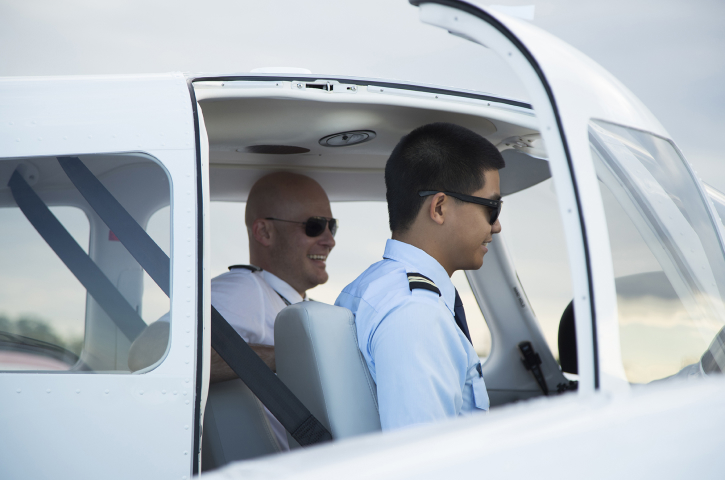
Your checkride is the culmination of months of dedication, practice and preparation. Success comes down to mastering the basics, staying organized and maintaining the right mindset. But the aircraft you train in is just as important.
The right training aircraft can make a world of difference in your learning experience. Aircraft designed with student pilots in mind offer features that build confidence and help you succeed. High visibility, intuitive controls, and stable, forgiving handling make Piper trainers ideal for mastering both maneuvers and aeronautical decision-making. Reliable and user-friendly, they give you the tools to focus on developing the skills and confidence needed to pass your checkride with ease.
Take the first step toward achieving your aviation dreams by finding a flight school with a Piper fleet near you. With the right preparation, the right mindset and the right aircraft, you’ll be ready to take to the skies with confidence.

